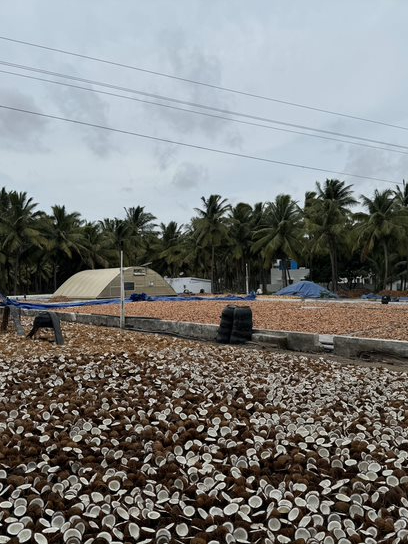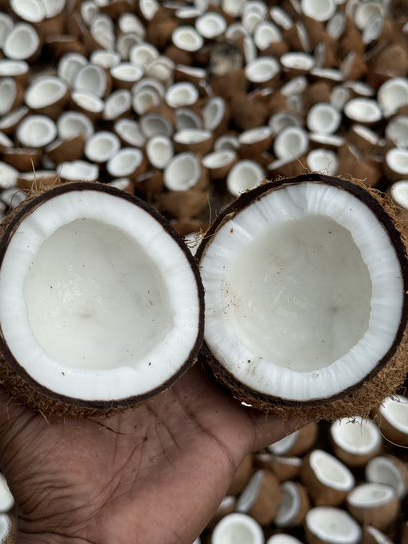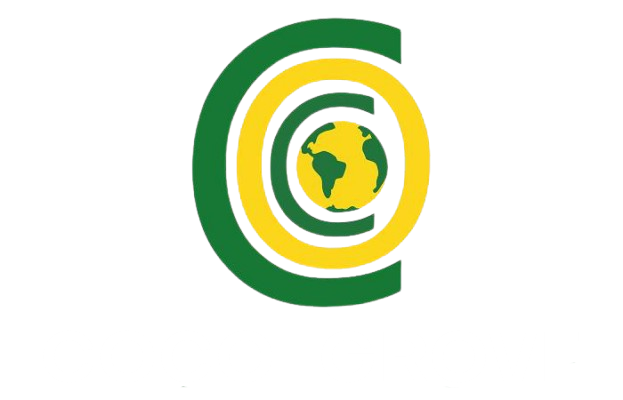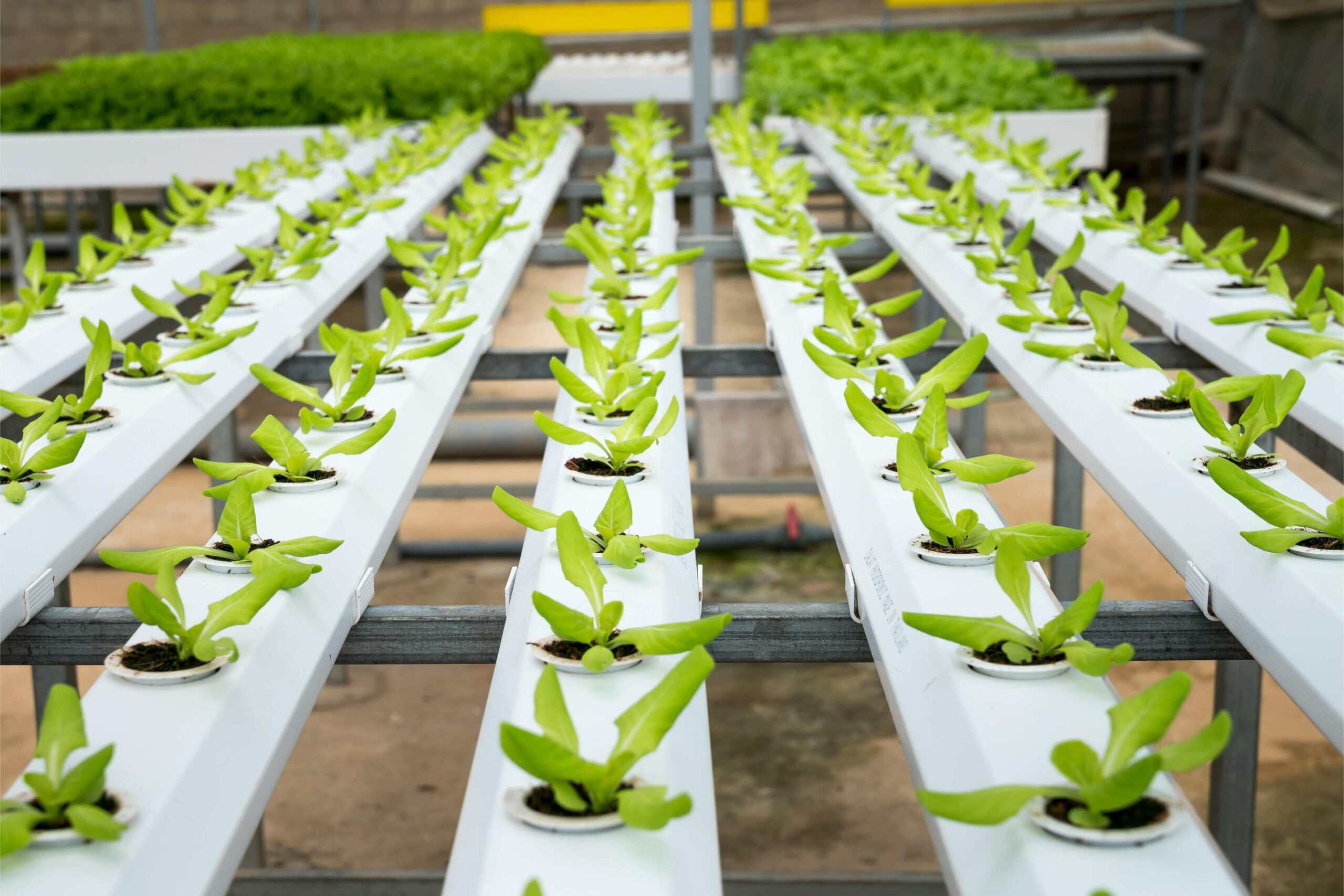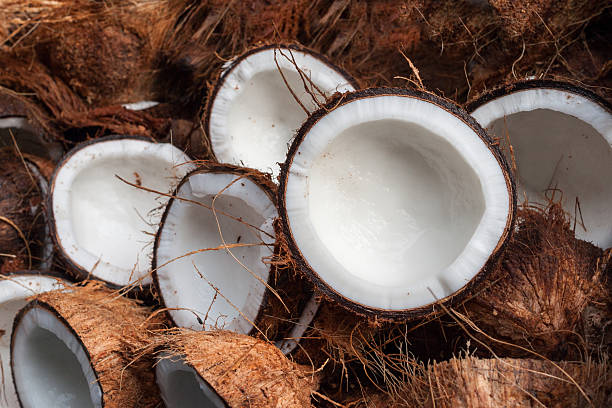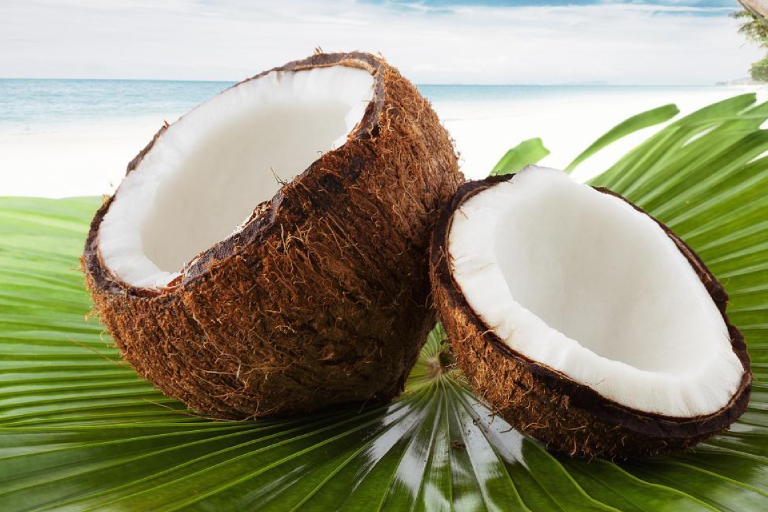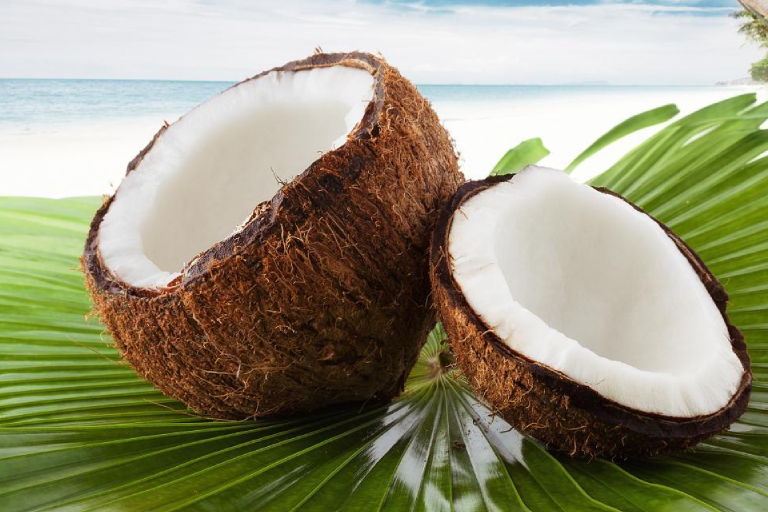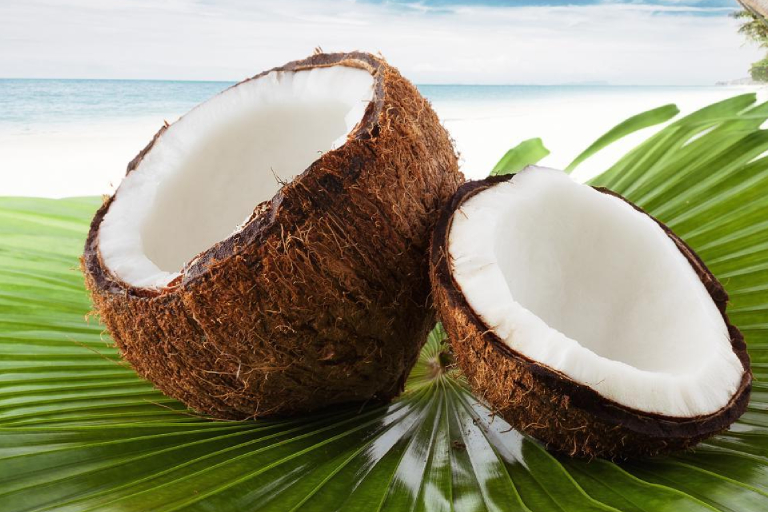How Plant Growth-Promoting Microorganisms
Posted by Coco Grove on Feb 4, 2025
Plant Growth-Promoting Microorganisms (PGPM) are beneficial bacteria, fungi, and other microbes that enhance plant health and productivity naturally. For coconut trees, PGPMs provide various benefits by improving soil fertility, nutrient uptake, and stress tolerance.
Key Benefits of PGPM for Coconut Trees
Key Benefits of PGPM for Coconut Trees
- Improved Nutrient Uptake:
- How: PGPMs like phosphate-solubilizing bacteria (e.g., Bacillus, Pseudomonas) and arbuscular mycorrhizal fungi (AMF) make phosphorus, potassium, and other nutrients more available to coconut roots.
- Result: Better root development and enhanced absorption of essential nutrients, leading to increased growth and yield.
- Nitrogen Fixation:
- How: Nitrogen-fixing bacteria, such as Rhizobium and Azospirillum, convert atmospheric nitrogen into forms the coconut tree can use.
- Result: Reduced dependency on synthetic nitrogen fertilizers and sustainable growth.
- Enhanced Soil Health:
- How: PGPMs break down organic matter into humus, improving soil structure, water retention, and aeration.
- Result: Healthier roots and better resistance to water stress.
- Disease Suppression:
- How: Biocontrol PGPMs, like Trichoderma fungi and Bacillus subtilis, inhibit pathogenic fungi and bacteria by producing antimicrobial compounds.
- Result: Reduced risk of diseases such as root rot and bud rot, which are common in coconut trees.
- Drought Tolerance:
- How: PGPMs help coconut trees regulate water uptake by producing exopolysaccharides and inducing osmotic adjustment.
- Result: Enhanced resilience to high temperatures and water scarcity.
- Growth Hormone Production:
- How: PGPMs produce plant hormones like auxins, gibberellins, and cytokinins, which promote root elongation, leaf development, and fruit setting.
- Result: Accelerated tree growth and increased coconut yield.
- Improved Pollination and Flowering:
- How: Some PGPMs enhance the availability of nutrients critical for flowering, such as potassium and boron.
- Result: Increased female flower production, better fruit set, and higher nut yield.
- Salinity and Heavy Metal Tolerance:
- How: PGPMs sequester heavy metals and mitigate the effects of salinity on coconut trees by maintaining ion balance.
Result: Healthy growth even in less-than-ideal soil conditions.
PGPM Application for Coconut Trees
- Seedling Treatment:
- Soak coconut seedlings in a solution containing PGPMs before planting to ensure early colonization.
- Soil Application:
- Mix PGPM-based biofertilizers with compost and apply them around the root zone.
- Drip Irrigation:
- Inject PGPM solutions into drip irrigation systems for uniform distribution and efficient uptake.
- Foliar Spray:
- Use PGPM-based liquid biofertilizers as foliar sprays to directly enhance plant health.
- Regular Reapplication:
- Reapply PGPMs every 6–12 months to maintain active populations in the soil.
Specific PGPMs for Coconut Cultivation
- Nitrogen Fixers: Azospirillum brasilense, Azotobacter
- Phosphate Solubilizers: Bacillus megaterium, Pseudomonas fluorescens
- Potassium Solubilizers: Bacillus mucilaginosus
- Mycorrhizal Fungi: Glomus intraradices, Glomus mosseae
- Biocontrol Agents: Trichoderma viride, Pseudomonas fluorescens
Benefits for Farmers
- Cost Savings: Reduces the need for synthetic fertilizers and pesticides.
- Sustainability: Promotes organic farming practices.
- Higher Yields: Enhances overall productivity and quality of coconuts.
Comprehensive PGPM Program for Coconut Cultivation
A well-designed Plant Growth-Promoting Microorganisms (PGPM) program can greatly enhance the health, productivity, and sustainability of coconut farming. Below is a step-by-step PGPM program tailored for coconut cultivation:
1. Seedling Stage
Objective: Ensure early establishment of beneficial microbes for healthy root and shoot development.
- PGPM Application:
- Dip the coconut seedlings’ root system in a bio-fertilizer slurry containing:
- Azospirillum brasilense (nitrogen fixer)
- Pseudomonas fluorescens (phosphate solubilizer and biocontrol agent)
- Trichoderma viride (biocontrol agent against root diseases)
- Dosage: 10 g or 10 mL of each PGPM per liter of water.
- Dip the coconut seedlings’ root system in a bio-fertilizer slurry containing:
- Benefits:
- Improved root colonization.
- Disease prevention at the early stages.
2. Land Preparation and Planting
Objective: Enhance soil microbial diversity and prepare a healthy environment for coconut trees.
- Soil Enrichment:
- Incorporate 2–5 kg of well-decomposed organic manure per planting pit, enriched with:
- Bacillus megaterium (phosphate solubilizer)
- Bacillus mucilaginosus (potassium mobilizer)
- Arbuscular Mycorrhizal Fungi (Glomus spp.).
- Apply Trichoderma-enriched compost to prevent soilborne pathogens.
- Incorporate 2–5 kg of well-decomposed organic manure per planting pit, enriched with:
- Benefits:
- Enriched soil fertility and structure.
- Better nutrient availability and protection from pathogens.
3. Vegetative Stage
Objective: Support rapid growth and nutrient uptake during canopy development.
- PGPM Application:
- Soil Drenching:
- Use Azospirillum and Azotobacter for nitrogen fixation.
- Bacillus spp. for phosphorus and potassium solubilization.
- Dosage: 200 g per tree applied to the root zone twice a year.
- Foliar Spray:
- Use PGPM-based liquid biofertilizers containing:
- Pseudomonas fluorescens to enhance growth and provide biocontrol.
- Trichoderma for pest resistance.
- Dosage: 2–3 mL per liter of water, applied every 3 months.
- Use PGPM-based liquid biofertilizers containing:
- Soil Drenching:
- Benefits:
- Faster growth and better root-shoot ratio.
- Protection from leaf diseases like blight and spots.
4. Flowering and Fruiting Stage
Objective: Enhance flowering, fruit set, and nut quality.
- PGPM Application:
- Soil Application:
- Apply AMF (Glomus intraradices) and potassium solubilizing bacteria (Bacillus mucilaginosus).
- Dosage: 500 g per tree applied at the start of flowering.
- Foliar Spray:
- Use a bio-stimulant formulation containing Pseudomonas fluorescens and Trichoderma harzianum to enhance fruit set.
- Dosage: 2–3 mL per liter of water, every 3 months during flowering.
- Soil Application:
- Benefits:
- Improved nutrient uptake for higher quality nuts.
- Reduced flower and nut drop due to stress tolerance.
5. Maintenance Stage (Mature Trees)utlook
Objective: Sustain productivity and manage long-term health.
- PGPM Application:
- Annual Soil Application:
- Mix 1–2 kg of PGPM-enriched compost (containing Azospirillum, Pseudomonas, and Trichoderma) into the soil around the root zone.
- Irrigation:
- Inject PGPM solutions containing AMF and potassium-solubilizing bacteria through drip irrigation.
- Annual Soil Application:
- Benefits:
- Continued protection against diseases and pests.
Enhanced resistance to drought and nutrient deficiencies.
Program Schedule
Stage | Application Type | Frequency | PGPM Used |
Seedling Stage | Root Dip | One-time | Azospirillum, Trichoderma |
Vegetative Stage | Soil Drench/Foliar Spray | Every 3–6 months | Azospirillum, Pseudomonas |
Flowering Stage | Soil/Foliar | Every 3 months | AMF, Pseudomonas fluorescens |
Maintenance Stage | Soil/Foliar/Drip | Annually/Seasonal | Trichoderma, AMF |
Key Recommendations
- Combine with Organic Inputs:
- Use compost, farmyard manure, or vermicompost enriched with PGPM.
- Monitor Regularly:
- Check for disease symptoms and soil health to adjust PGPM applications as needed.
- Avoid Overuse of Chemicals:
- Minimize chemical fertilizers and pesticides, as they can reduce microbial activity.
Expected Outcomes
- Increased nut yield and quality.
- Improved resistance to diseases and pests.
- Enhanced soil health and reduced dependence on synthetic inputs.
Would you like detailed guidelines on integrating PGPM with your existing practices or specific product recommendations?
